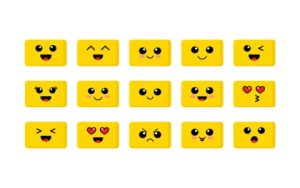Brief History of Retro Concept Cars
Concept cars are non-production vehicles created to showcase innovation, design vision, and future trends. Retro concept cars specifically blend nostalgic elements from past automotive eras with modern technology. Key historical milestones include:
- Mid-20th Century (1950s-1970s): Early concepts introduced futuristic ideas but occasionally referenced classic designs during nostalgia waves.
- Late 20th Century (1980s-1990s): Nostalgia surged, with concepts revisiting pre-war styles and incorporating them into experimental models.
- 21st Century (2000s-Present): Retro concepts became strategic tools, fusing heritage cues with sustainability, like electric powertrains and lightweight materials, for mass-market appeal.
Design Elements Explained
Designers create retro concept cars by referencing iconic periods while ensuring modern functionality:
- Styling Features: Adopt rounded silhouettes, circular headlamps, chrome accents, and minimalist interiors to evoke mid-century charm.
- Functional Integration: Blend vintage aesthetics with aerodynamics, crash safety structures, and digital interfaces to meet regulatory standards.
- Emotional Appeal: Use nostalgic cues to build brand loyalty while signaling innovation through materials like recycled composites.







